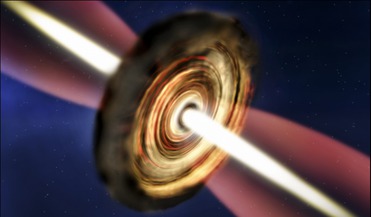 22 August 2016
Massive Young Star Discovered
22 August 2016
Massive Young Star Discovered
... star is estimated to be over 30 times the mass of the Sun, with the surrounding disc about two or three times the mass of the Sun. The researchers will continue to observe the star and the surrounding region with the Atacama Large Millimetre Array...
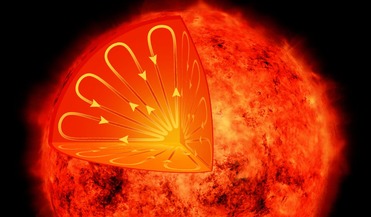 12 October 2016
Proxima Centauri reveals yet more intrigue as a cycle of dramatic sunspots is observed
12 October 2016
Proxima Centauri reveals yet more intrigue as a cycle of dramatic sunspots is observed
... occurs) causes magnetic field lines to break through the visible surface (photosphere) of the Sun. As the lines break through the surface, one sunspot of a certain polarity is formed and where the lines plunge back down again, it creates another...
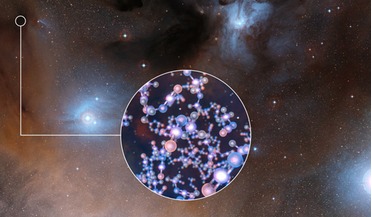 09 June 2017
Key ingredients to life found around Sun-like stars
09 June 2017
Key ingredients to life found around Sun-like stars
...have formed in our Solar System, and perhaps elsewhere. “We are particularly excited about the result because these protostars are very similar to the Sun at the beginning of its lifetime. By finding prebiotic molecules in this study, we may now have...
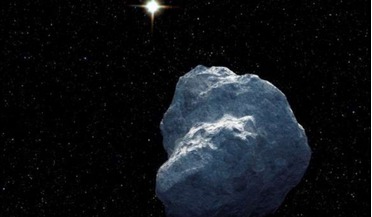 18 August 2016
Space Rebel Niku Baffles Astronomers
18 August 2016
Space Rebel Niku Baffles Astronomers
.... Artist’s impression of Planet Nine as an ice giant eclipsing the central Milky Way, with a star-like Sun in the distance. Neptune’s orbit is shown as a small ellipse around the Sun. Credit: ESO/Tomruen/nagualdesign According to Konstantin Batyagin...
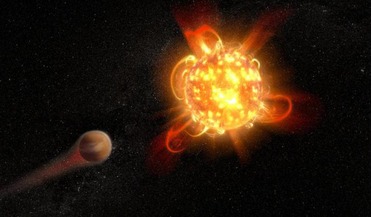 22 October 2018
Frequent superflares spell doom for life around red dwarfs
22 October 2018
Frequent superflares spell doom for life around red dwarfs
... old stars and middle-age stars like our Sun. "With the Sun, we have a hundred years of good observations," says Parke Loyd, first author on the research paper soon to be published in the Astrophysical Journal. "And in that time, we've seen one...
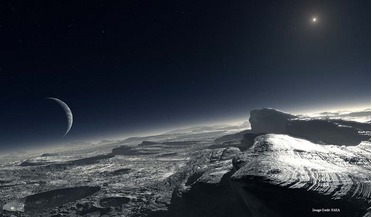 22 June 2015
First “movie” of dancing Pluto
22 June 2015
First “movie” of dancing Pluto
... a “double planet.” Pluto, of course, had been referred to as the ninth planet from the Sun when it was first discovered. It was demoted to the status of dwarf planet in 2006, after further research of the solar system revealed that there are several...